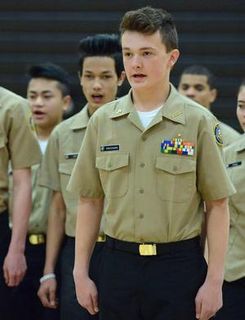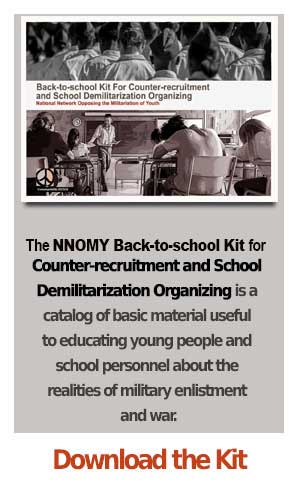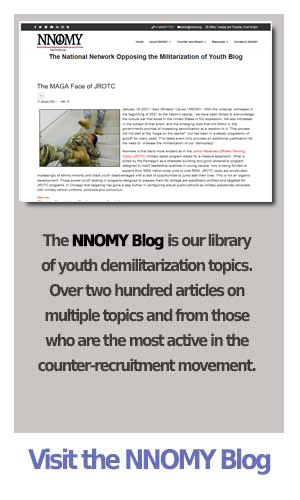Seth Kershner -
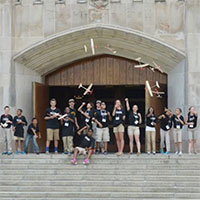 Over the past several years, activists have fought against the use of unmanned aircraft (commonly called “drones”) to carry out targeted killings in the war on terror. Anti-drone activists have aimed their protests at a number of different targets. They have condemned university research on drone technology (e.g., at Johns Hopkins), held spirited public demonstrations at launch sites (e.g., outside Hancock Air Force Base in upstate New York), and they have pursued more traditional forms of political lobbying. However, their strategy so far has failed to address the ways in which the public, including children, are taught to uncritically embrace this technology. In this article, I will call attention to the previously unreported use of drone simulators in Army recruiting vans and begin a discussion about how to resist their steady march across America.
Over the past several years, activists have fought against the use of unmanned aircraft (commonly called “drones”) to carry out targeted killings in the war on terror. Anti-drone activists have aimed their protests at a number of different targets. They have condemned university research on drone technology (e.g., at Johns Hopkins), held spirited public demonstrations at launch sites (e.g., outside Hancock Air Force Base in upstate New York), and they have pursued more traditional forms of political lobbying. However, their strategy so far has failed to address the ways in which the public, including children, are taught to uncritically embrace this technology. In this article, I will call attention to the previously unreported use of drone simulators in Army recruiting vans and begin a discussion about how to resist their steady march across America.
The fleet of vehicles in the Army’s Mobile Exhibit Command (MEC) form a powerful weapon in the Army’s recruiting arsenal. A unit of the U.S. Army Accessions Support Brigade, the MEC helps meet the brigade’s mission of “ Connecting America’s Army with America’s People.” Their job is to normalize state violence, including drone warfare, and in FY2013, the recruiters driving these vehicles logged more than 600,000 miles traveling to schools, universities, state fairs, and other events in 48 states. What follows is a brief look at three vehicles from the MEC -- in particular, those that help children learn to love the Reaper.
The oldest of the three vehicles, the Army Aviation Adventure van, debuted in May 2002. Inside this converted 18-wheeler, van visitors will find Army careers kiosks, along with an ammunition display and an array of weapons simulators designed to immerse the visitor in real-life experiences. These include an Apache Flight Simulator, a Kiowa Warrior Flight Simulator, and an Unmanned Aerial Vehicle (UAV) Simulator, which, according to one source, is based on the Hunter drone. While the high school and college market is the van’s primary target, a quick review of news stories on the Web turned up one report of a nine-year-old trying out the van’s simulators.
Today is the first day of school in Seattle. I have never been more excited and nervous for the first day because, not only do I start teaching, but my 5-year-old starts kindergarten! My son is so thrilled for his first day of school and our family feels so fortunate to have such a wonderful public school to send him to.


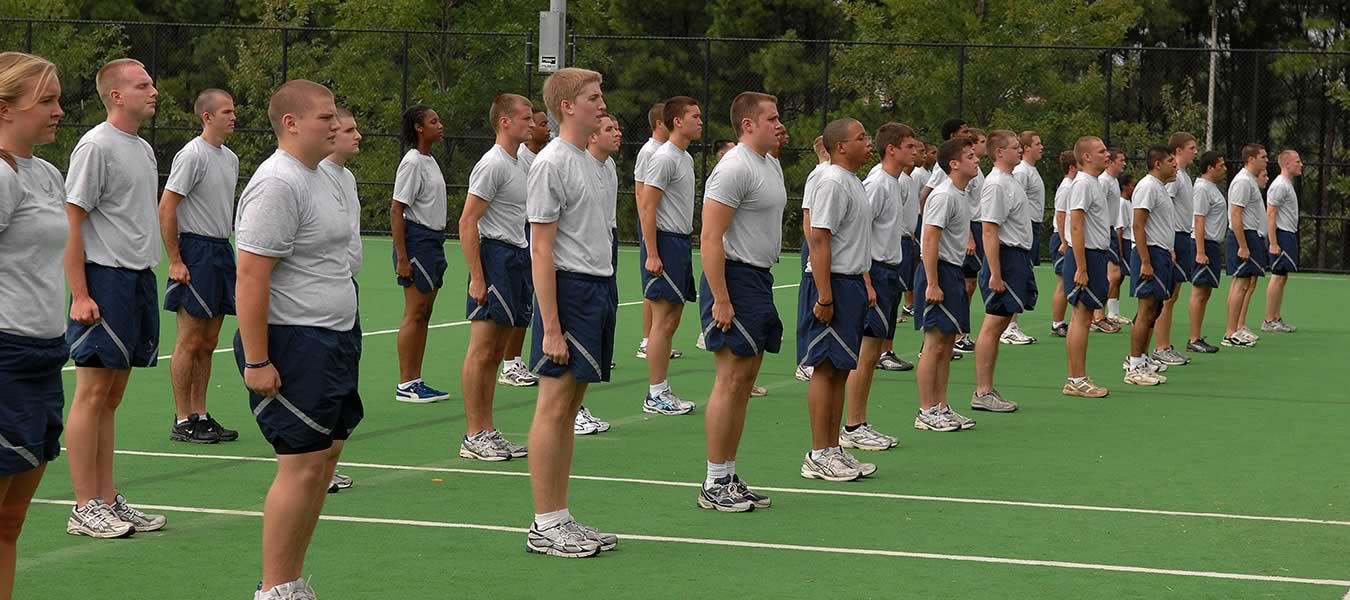 Monica A. F. Lounsbery, Kathryn A. Holt, Shannon A. Monnat, Thomas L. McKenzie, and Brian Funk - Physical inactivity is receiving growing attention given its documented relationship to a variety of chronic health (
Monica A. F. Lounsbery, Kathryn A. Holt, Shannon A. Monnat, Thomas L. McKenzie, and Brian Funk - Physical inactivity is receiving growing attention given its documented relationship to a variety of chronic health (